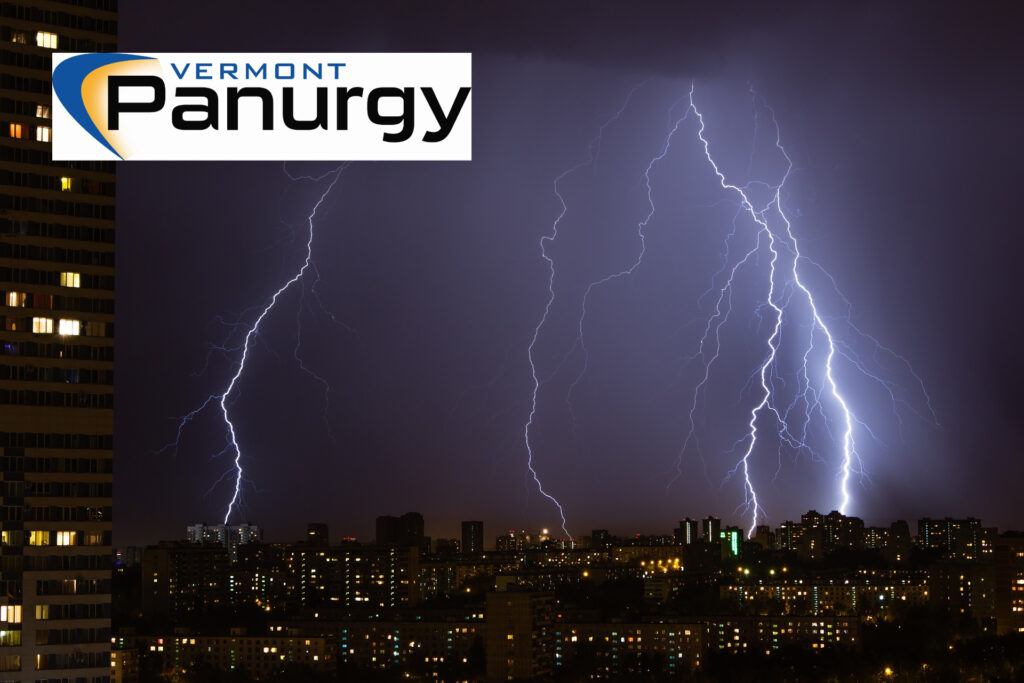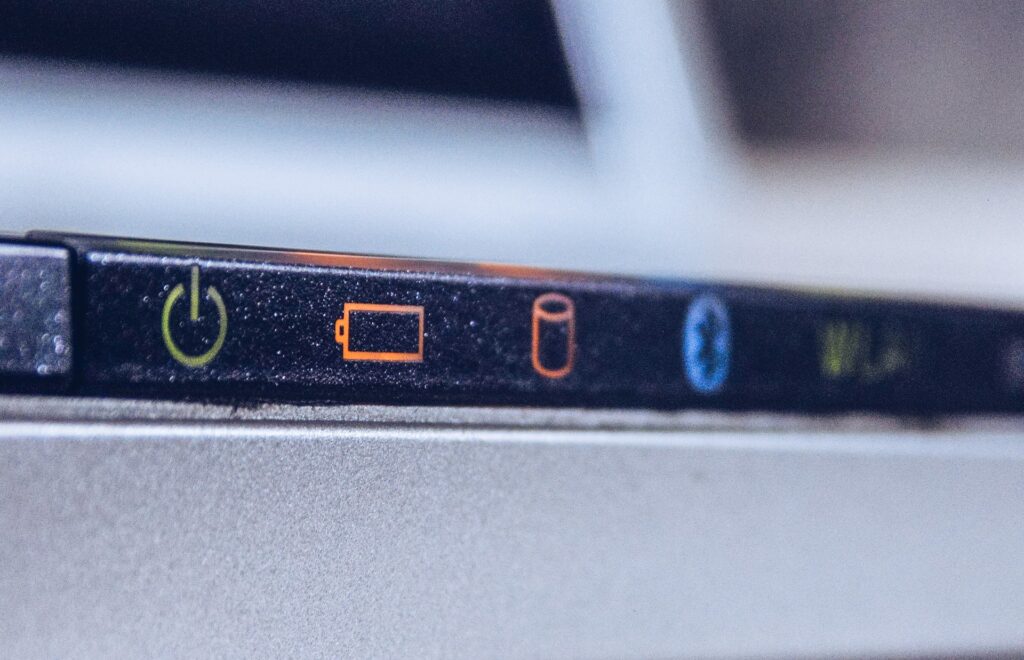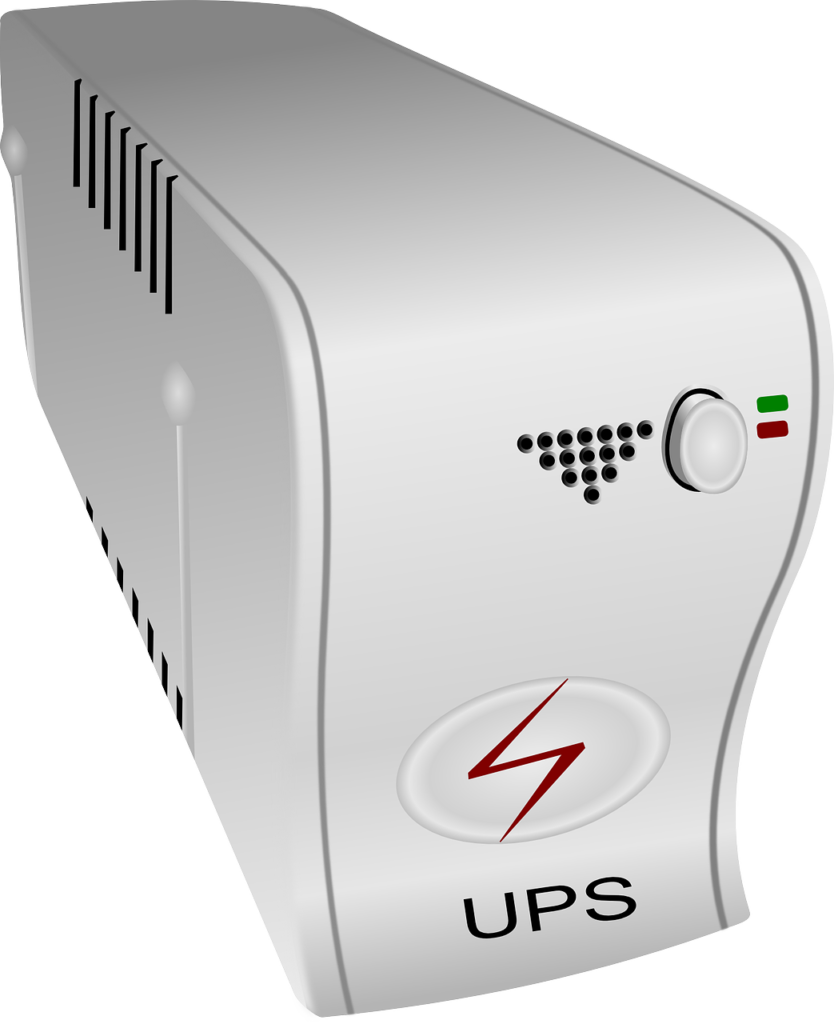
I live in Vermont. This state is beautiful, but its glory comes at a cost: the weather. Up here we get all sorts of weather, and while it is rarely extreme, it is an unusual week if it doesn’t include some sort of meteorological variation. Thunderstorms, high winds, freezing rain, sleet, hail, and blizzards are just a few of the events we contend with regularly up here.
Personal effects aside, a major repercussion of this wild weather is frequent fluctuation in power supply. Fairly often when coming back after a spring or fall weekend, or sometimes after a prolonged hot spell that results in severe thunderstorms, office workers may find they have to turn on all their computers again. Sometimes the computers come back up with issues they didn’t have before, sometimes they don’t come back on at all. Servers and network devices, if set up correctly, will be connected to battery backups and usually are fine, but irregular line currents and abrupt voltage spikes can sometimes cause issues with the backup power systems too, which can quickly cascade into massive network failure.
Unless you live somewhere that never has fluctuations with power supply for any reason, it is of utter importance that you understand the various basic options for protection from these types of issues.
The topic of power protection is vast, and requires a high level of knowledge in electrical and networking concepts. This article is only scratching the surface, but for the average small business owner, this is what you need to know.
Workstation Protection
If you’ve got all your desktop PCs hooked up to 6-outlet extension cords that have switches on them, but that’s all you know, you’ve taken a step in the right direction. You may, however, be surprised to learn that not all power strips are created equal. Some are nothing more than glorified extension cords, with no protection from surges or any power fluctuation. What you should be looking for are called “surge protectors” and they actually do what they claim, which is protect from power surges. Imagine that!
Have you ever been at home during a storm, and you saw the lights get brighter momentarily, or flicker erratically for a second? They’re often called “brown outs” because they don’t cut off power entirely or only for a few moments. These “brown outs” are often caused by power surges. While they don’t knock the power out enough to cause things to shut off, most electronics are much more sensitive to these kinds of things than your average light bulb and, without surge protection, that little jolt of extra electricity can cause unexpected failures in critical components of the machine.
To avoid this, use surge protectors to intermediate between the wall current and the connected devices. Surge protectors act to absorb any additional current before it hits your machine, stopping it in its tracks before it can damage anything. Surge protectors offer protection rated in joules: the higher the joules, the more protection it offers.
You’re probably looking at your power strip now, wondering if it is a surge protector or not. Thankfully, with most surge protectors it is pretty easy to tell. Look first for an indicator light that glows and often flickers when plugged in and turned on. If you see this light, then you likely have a surge protector and it is functional. Another way to check is to (carefully) look on the back of the strip for information about something along the lines of “suppressed voltage rating.” If you see details about “suppression” or “protection,” then you are looking at a bona fide surge protector.
But that’s not the end of what you need to do to keep all your equipment safe. That’s because a surge protector does not protect from power outages, which is when the power goes out unexpectedly and stays off for a period of time. If your desktop PC is on when the power goes out and it doesn’t have a battery backup, then it will shut off unexpectedly. This can cause its own share of problems, particularly with the potential for data corruption and loss. The best mitigation for these situations is to have at least one regularly occurring backup, storing critical information on a network device (see below), and potentially also employing a battery backup of some sort on the workstation itself.
Server and Network Device Protection: Battery Backup
Power surges can cause the same kinds of problems with network infrastructure as they can for workstations, but power outages can cause even more problems and significant damage. If all your office’s network switches, server, firewall and wireless access points lost power and shut off, then when the power comes back on your devices would not start back up in the proper order. When that happens, a seamlessly integrated network can quickly become like a bramble patch, with devices being unable to find their way to each other or to the internet.
For this reason, IT administrators will typically centralize the server and critical network infrastructure to a specific location so that they can connect them all to what is known as an “Uninterruptible Power Supply” or UPS. These devices contain batteries to provide power during an outage; they also can be set up to gracefully shut down servers and other network devices before the battery dies to prevent data corruption.
If you own a business that has a physical work location, multiple workstations, network devices and/or servers, you now know enough to at least have an idea of whether your business’s devices are protected or not. If not, then you now also have some critical keywords for further research and decision-making. If you need help securing your devices against the forces of nature, drop us a line. Vermont Panurgy is here to help you make sure you and your business stay up and running safely and securely, as consistently as possible.

